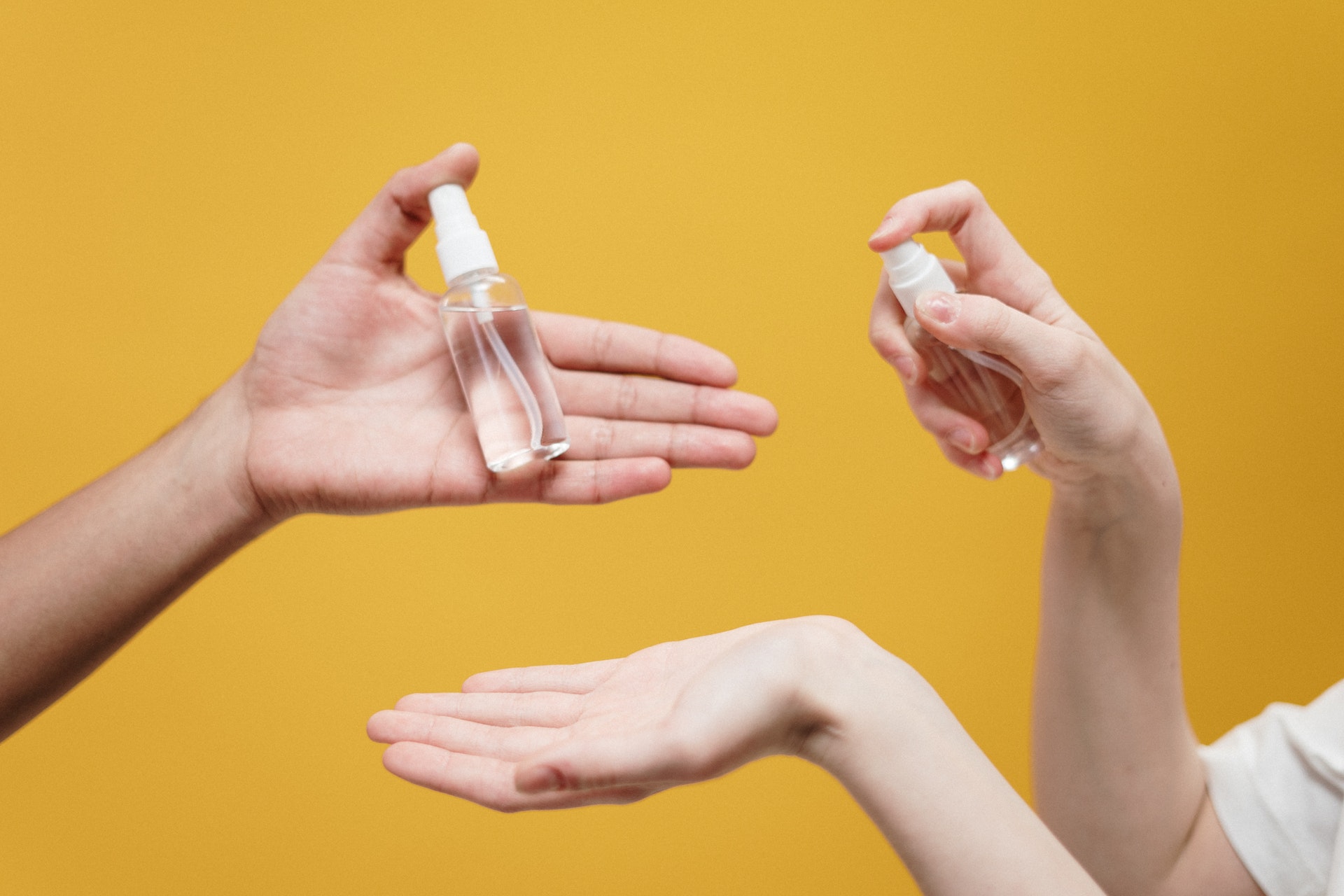Canada News
Cases of accidental ingestion of hand sanitizer in B.C. spike amid COVID-19

BCCDC’s Drug & Poison Information Centre revealed on Tuesday, May 26 that calls involving hand sanitizer exposure among children used to be at less than two a week in January and February. However, this rate increased to seven a week in April. The average of adults’ exposure in January and February, which was once a week, also went up to three to four times a week in April as well. (Pexels photo)
In this crisis when one of the main weapons to keep one’s self safe from the coronavirus disease 2019 (COVID-19) is by the use of hand sanitizers, British Columbia’s Centre for Disease Control (BCCDC) said that there has been a “sharp spike” in cases of accidental ingestion and exposure among children and adults.
BCCDC’s Drug & Poison Information Centre revealed on Tuesday, May 26 that calls involving hand sanitizer exposure among children used to be at less than two a week in January and February. However, this rate increased to seven a week in April. The average of adults’ exposure in January and February, which was once a week, also went up to three to four times a week in April as well.
Dr. Tom Kosatsky of BCCDC emphasized that with hand sanitizers now being part of the people’s daily lives when one cannot wash their hands with soap and water, “it’s important to be careful when storing them and using them, especially if there are young children in your home.”
He added, “These sanitizers are liquid, rather than gel, and are sometimes packaged in bottles or cans that look like beverage containers, making them easier to consume by accident,” referring to hand sanitizers that are made by breweries and distilleries. As a response to the COVID-19 crisis, BCCDC said that some breweries and distilleries that do not produce these kinds of products started its own productions.
The centre said that with hand sanitizers having a high alcohol content, it can cause alcohol poisoning if consumed in large amounts. It, however, clarified that the calls it received were mostly accidental ingesting and that the amount was less than a tablespoon.
Some safety measures that can be done at home recommended by the BCCDC are:
- Hand sanitizers should be stored out of reach by children, pets, and people with dementia.
- Use a different container (such as spray bottles) if your purchased sanitizer’s container can be mistaken as a beverage container.
- If not a whole container, the cap of the bottle can be replaced by a pump just to differentiate it from beverage containers.
- Label the containers clearly.
- It is advised to avoid buying sanitizers that may be attractive to children (such as scented ones, those containing glitters, etc.)





















